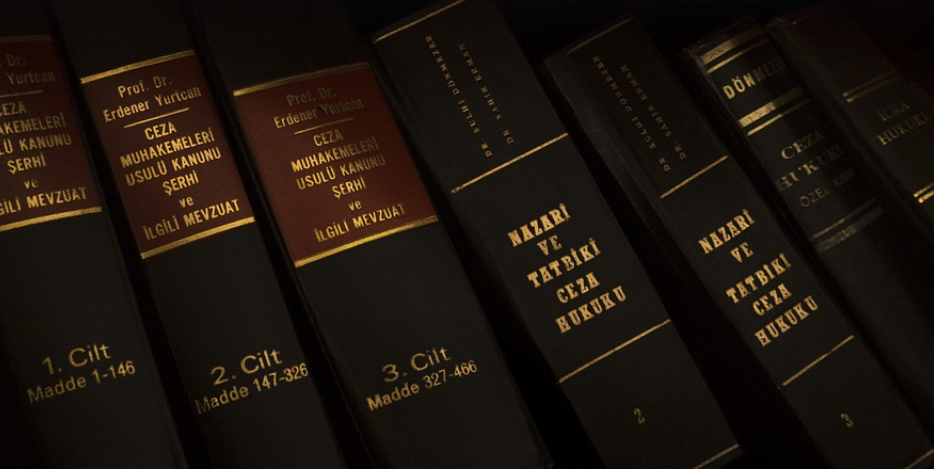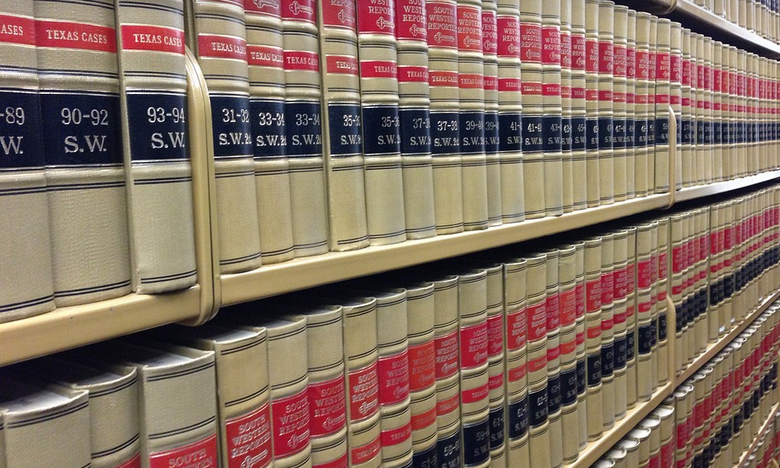Understanding the Law
You’re cruising down the highway, windows down, sunshine warming your face, and you think to yourself, “Man, this car looks awesome with its tinted windows.” But hold on. Before you get too excited about that sleek, sophisticated look, remember that North Dakota has specific rules regarding window tinting. It’s not as simple as just slapping some sticker over your rearview mirror; there are legal limits to what’s allowed.
In North Dakota, the law on window tint is all about preserving safety and visibility. The state prioritizes clear communication between drivers and pedestrians, which is why regulations exist for a reason. These rules ensure everyone can see each other clearly, especially in different weather conditions. This includes driving at night when headlights are used and during inclement weather like rain or snow.
The primary focus of North Dakota’s window tint laws lies in keeping drivers safe, particularly on the roads. The state believes that tinted windows can create a barrier between driver and passenger, limiting their view of what’s happening outside, which can hinder reaction times if an emergency arises. For instance, imagine a scenario where a car suddenly stops in front of you without signaling; with darkened windows, it may be challenging to clearly see the brake lights or other warning signals.
Now, let’s dive deeper into specific regulations. The North Dakota State Legislature has established clear guidelines regarding window tint, aiming to balance driver safety and visibility with aesthetic appeal. One of these key points is the legal percentage of light transmission allowed through a vehicle’s windows.
Legal Tint Percentage: Finding Your Limit
The most crucial element in understanding your available window tint options is the legal percentage of light transmission allowed through your car’s tinted windows. The permissible level of darkness varies based on the location and type of tint applied, as decided by the state.
For front side windows, an overall tint limit of 50% or less is typically allowed. This may seem like a significant restriction but it ensures that drivers can see clearly when passing other vehicles, especially at night, and during inclement weather conditions when visibility could be reduced due to rain, snow, fog, or haze.
In terms of rear windows, the legal limit is often set at 35% or less. This allows for some privacy while maintaining a clear view of the road behind you, especially when reversing or checking traffic conditions.
Beyond Percentage: The Impact of Tint Color and Application
While percentage alone sets the groundwork, it’s crucial to understand that tint color significantly impacts driver visibility and potential legal issues. Tint darkness plays a significant role in how much light is absorbed, ultimately affecting a vehicle’s overall aesthetic appeal.
For instance, darker hues like black or dark grey provide almost complete opacity, while lighter colors allow more visible light to pass through. It’s important to choose tint that complements your car’s style and meets the legal requirements for safety and visibility.
Tinting: Understanding the Legal Options
When it comes to window tinting in North Dakota, you have various options to choose from, each with its own set of rules. A good rule of thumb is to consult a professional who specializes in car tint installation. This can ensure that your windows are properly installed and comply with all local regulations.
One of the most popular choices is ceramic tint. It’s known for its durability, resistance to fading, and effective heat absorption features. Another option is metallic tint, which offers a distinct aesthetic appeal while providing good UV protection.
The Importance of Professional Installation
While DIY window tinting might seem appealing or even enticing, it’s strongly advised that you seek expert installation for your car’s tint, especially when dealing with North Dakota’s strict regulations. Improper installations can have legal consequences and compromise the vehicle’s overall safety.
Professional installers possess the knowledge and experience to ensure proper application of window tinting materials, guaranteeing optimal light transmission levels while adhering to state regulations. They understand the nuances of different types of tint, including their performance features and limitations. This expertise can help you achieve a balance between aesthetics and functionality, ensuring your vehicle meets North Dakota’s legal requirements while enhancing its overall appeal.
Staying Informed: Keeping Up with Changes
North Dakota occasionally updates its window tint regulations to ensure they remain relevant and address emerging safety concerns. It’s wise to check the state website or contact the North Dakota Department of Transportation (NDDOT) for any recent changes or updates.
Staying informed about any new legislation is crucial, as it can affect your vehicle’s window tint options and compliance. Make sure to stay current on these laws to avoid legal complications and ensure your car meets state requirements.



